






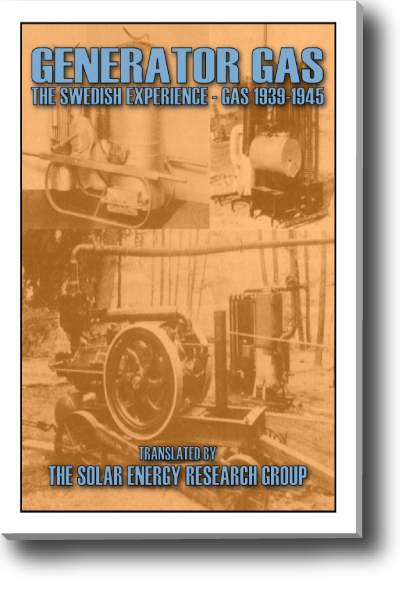 |
If you want THE BOOK that tells how the Swedish made their
vehicles run on gas from waste material, then you want... Hydrogen Generator Gases for Vehicles and Engines: Volume 9- Generator Gas The Swedish Experience 1939-1945 Summarizes the scientific, technical and commercial information developed during World War II. While the world’s fossil liquid fuel supplies were being used to make war around the globe Sweden, cut off from fossil fuels, converted 40% of its entire motor vehicle fleet to burning wood. The gas generator for motor vehicles was developed at an astonishing speed during the war years. Once again we face a period when fossil liquid fuels are increasingly expensive. Because of economic and national security reasons many nations may well decide that they simply must find substitutes for fossil liquid fuels. Knowledge Publications has republished this book because the information that it contains can potentially save the enormous cost of rediscovering the data and experience gained by Sweden from 1939-1945. This work, which was translated by the Solar Energy Research Group, will enable anyone that is engaged in gasifier projects to build upon knowledge which the Swedes procured long ago. |
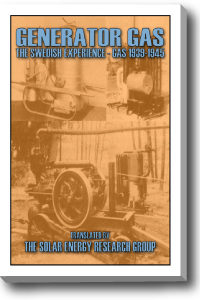 |
Hydrogen Generator Gas For Vehicles And Engines: Vol. 9ONLY $34.95 |

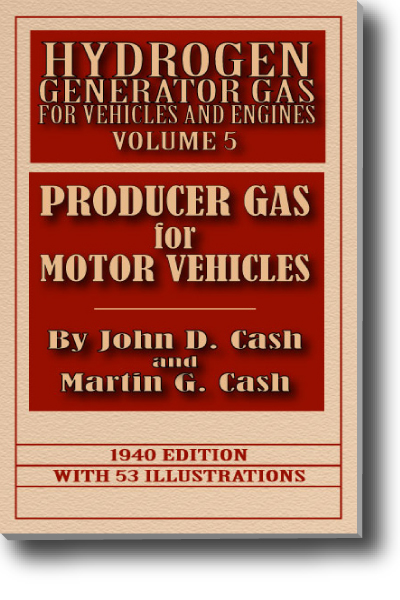 |
If you want THE BOOK that tells how the
AUSTRALIANS made
their vehicles run on gas from waste material, then you want
Hydrogen
Generator Gas for Vehicles and
Engines: Volume 5-Producer Gas
for Motor Vehicles
|
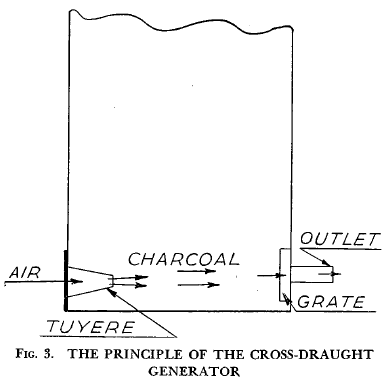 |
The Austrailians Also used what is called a CROSS DRAFT
GASIFIER. Which is SIMPLER and EASIER to construct then the modified
downdraft or mid-draft gasifier of the Swedish. The uniformity of the charcoal and its chemical simplicity makes it easier to use a cross draft gasifier. Each one has its advantages, the Austrian cross draft gasifier with charcoal is an elegant example in simplicity. Where as the Swedish design is a great design in flexibility. |
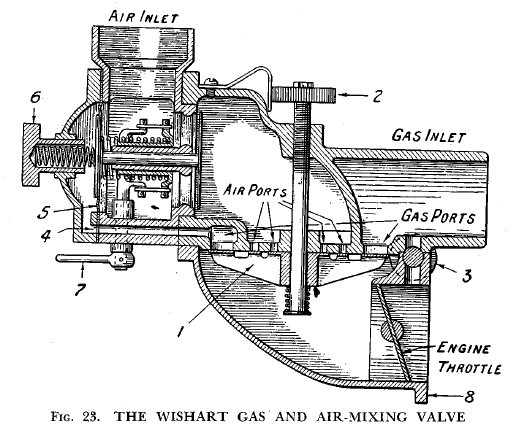 |
The Swedish book is also full of great drawings that are very clear and easy to understand. its a great HOW TO book all on its own...and you can use this type of gas and air mixing valve on ANY of the systems in ANY of the books. |
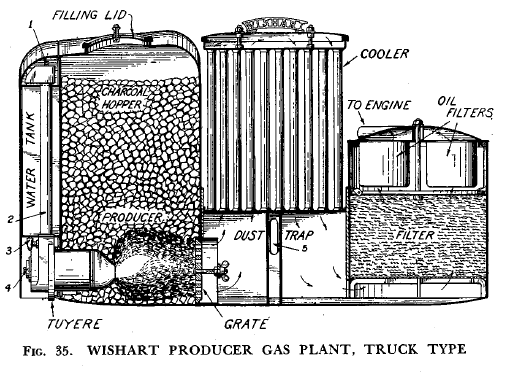 |
See how simple it can be ?? |
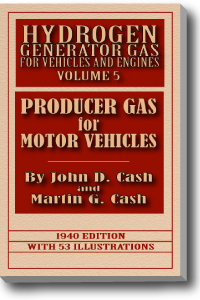 |
Hydrogen Generator Gas For Vehicles And Engines: Vol. 5ONLY $14.95
|


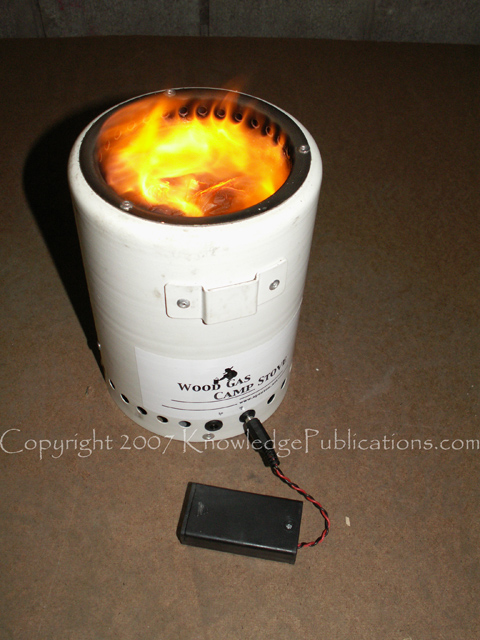 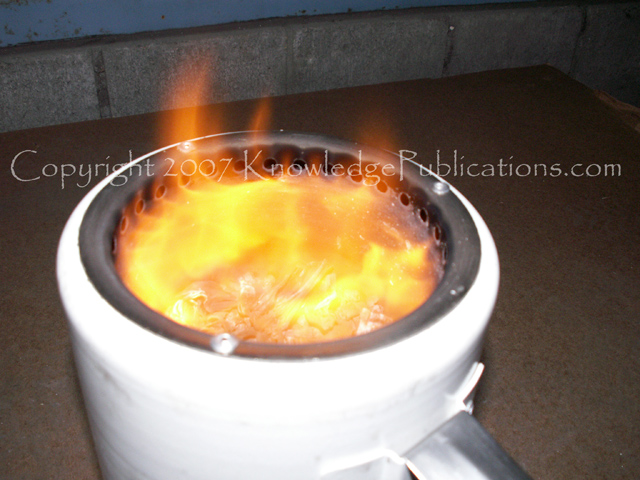 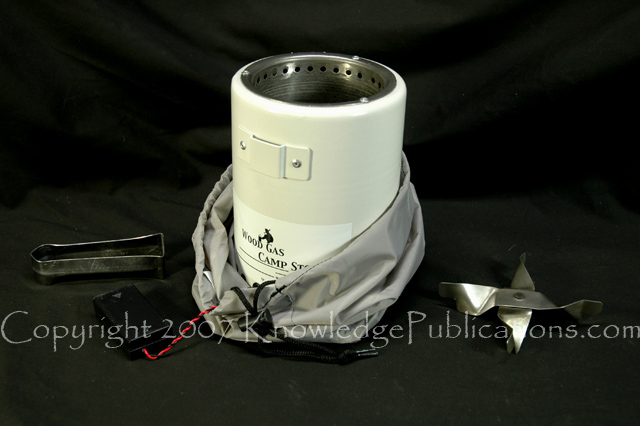 |
Skeptical? Confused? Think its too hard? How
can it work? It Does. ..and Here it is. As simple as it gets. This is a biomass stove. It uses the EXACT same principles in ALL these books. It gasifies through heat wood, twigs, chips etc.. into a wood gas that is dominated by hydrogen, methane and other flammable gasses and then it immediately burns those gasses to make a great heat for cooking and camping. This little stove is a 10,000 BTU stove... that's not a small one.. its more heat than the burner on your kitchen stove (5,000 to 8000 BTUs). Block off the extra air holes at the top of the stove and you have a gas generator. If this powered cities and generators 100 years ago, if it can be made into a simple stove.. then I think you might be able to do it to make fuel for your home, car or generator or what ever you have in mind. For those of you who do glass work, small foundry work or ceramics, the gas produced from free stuff like wood will run your gas furnace / kiln VERY VERY well and save you a LOT of money. |
Wood Gas StoveONLY $55.00
|
|
|
|
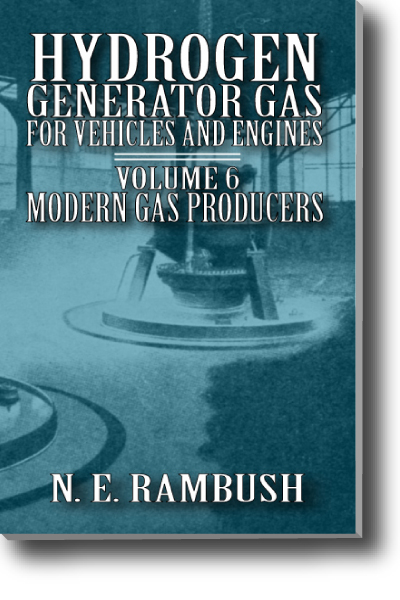 |
WANT FREE ELECTRICITY? Want to Produce Power from Free Wood to RUN A GENERATOR, Run a Generator to RUN YOUR HOUSE. Hydrogen
Generator Gases for Vehicles and Engines: Volume 6- Modern Gas
Producers |
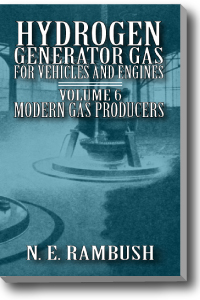 |
Hydrogen Generator Gas For Vehicles And Engines: Vol. 6ONLY $34.95
|



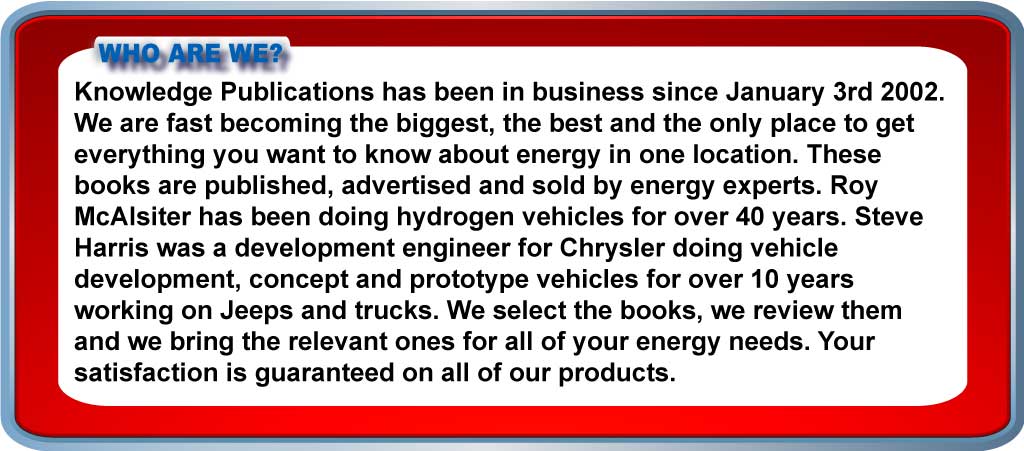
| hydrogen, energy, alternative energy, automotive fuel, car fuel, fuel up cheap, free fuel, wood chips, wood gas, hydrogen generator gas, more fun than a barrel of monkeys. alternative fuel. Home fuel, fuel from home. |
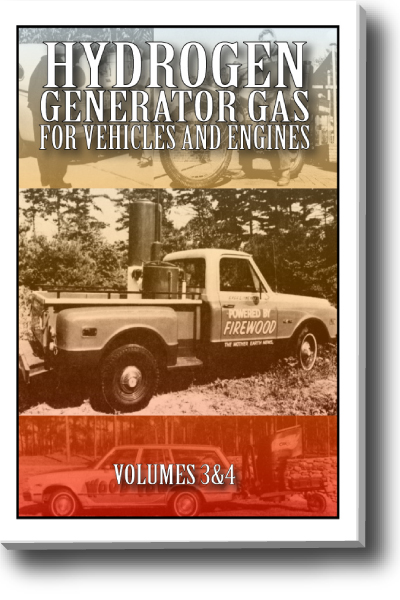 |
Almost Any Gasoline Engine Can Run on Wood Gas !!
WOOD GAS is full of Hydrogen, Methane and other Flammable Gases. HYDROGEN GENERATOR GASES Volume 3: Construction of a Simplified Wood Gas Generator for Fueling Internal Combustion Engines in a Petroleum Emergency Volume 4: Handbook of Biomass Downdraft Gasifier Engine Systems |
| This IS NOT Rocket Science... it is Average Person Garage Science | Here you see examples of it done in 1981 ! |
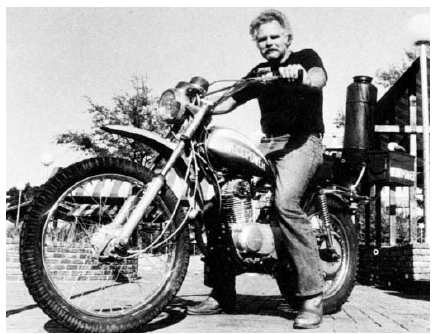 |
 |
|
Gainesville, Florida, 1981. The tiny generator that powers this wood-burning motorcycle was constructed at the University of Florida out of a fire-extinguisher casing. The vehicle gets 70 km per kg of wood (20 miles per lb). (Sun Photo by Barbara Hansen) |
North Carolina, 1981. Wood-powered pickup truck sponsored by Mother Earth News.
|
| During WWII over ONE MILLION vehciles WORLD Wide, mostly in Austrailia, Canada, UK, Germany, Austria and Especially Sweden Used this EXACT SAME METHOD to run cars, trucks, busses and farm tractors... and WE HAVE THEIR HOW-TO MANUALS | |
| CARS | BUSES |
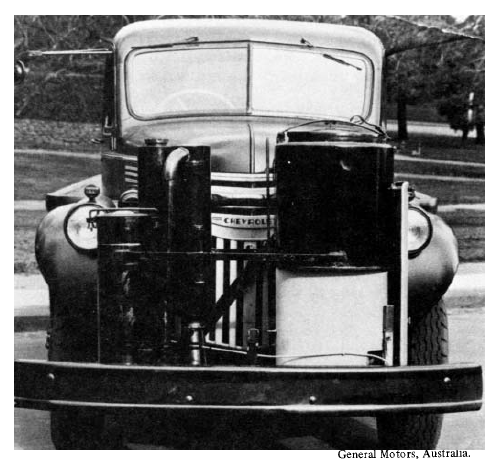 |
 |
| BOATS | FARM TRACTORS |
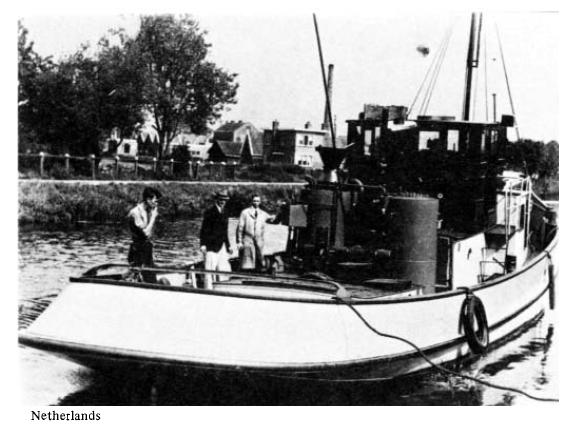 |
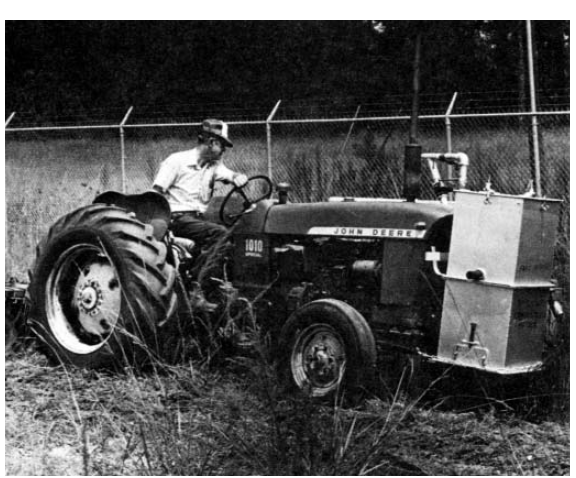 |
| This car drove ACROSS THE USA, and BACK on NOTHING but Wood they picked up and used on the trip. NO gasoline. The tank was REMOVED so there was NO way they could cheat on the demonstration. |
|
|
| STEP BY STEP HANDS ON DIRECTIONS WITH Drawings, PHOTOS,
Dimensions etc Most of these parts are in the HARDWARE STORE. You just have to drill a few holes and cut a few things here and there. |
See the "Bowl" looking device on the bottom with the holes in it??? That's a $4 stainless steel Salad bowl that you can get from WalMart for $4 and it has about 120 3/8" Holes drilled in it. You can drill holes in something can't you? Its held up against a piece of sheet metal tubing for a furnace or a fireplace with simple metal chain and that is attached with 3 bolts and a nut! Don't make it harder than it really is...because it IS this easy. |
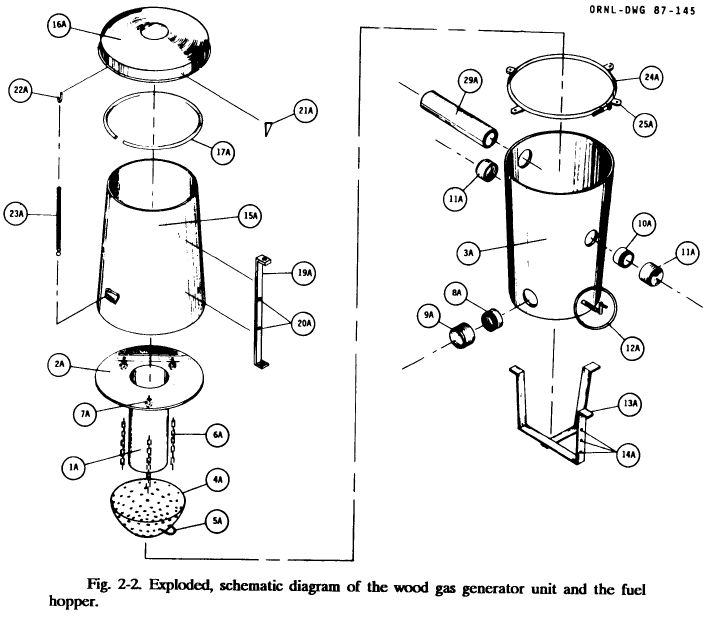 |
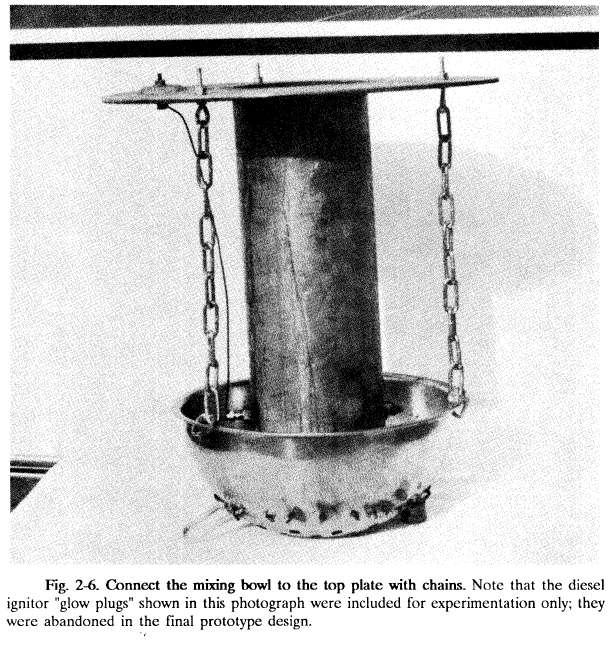 |
| What can it run on??? Gee.... you got any of this stuff laying around that you can pick up for free and drive your car on??? Wood, Wood Chips, peach pits, prune pits, news papers, trash, almond shells, cotton or corn stocks, corn cobs, wheat barley or rice straw or COAL or peat or waste cellulose. |
|
|
| This is REALLY TWO BOOKS in one. We are Saving you
Money. The First Part ( what we call Volume 3 ) is the hands on, here are the drawings, the parts, the photos, this is how you turn a salad bowl with 120 holes drilled in it into part of your unit etc.. The Second Part ( what we call Volume 4) is ALL of the SCIENCE, the MATH, the
CHEMISTRY and everything you could want to know of HOW AND WHY it works.
You do NOT need this part to build the unit for your engine...but it is there
for reference.. for you to learn more if you desire.. for you to make an EVEN
BETTER ONE if
you desire. If you want to design one that is smaller, bigger, or
better with year 2007 technology, its all there for you. If you are
a geek, nerd, engineer or all 3 :) Its there
for you. If you just want to put your hands on one and start right
now and really fast... then you can just use the first part of the book ( volume
3) and that will be just fine. |
|
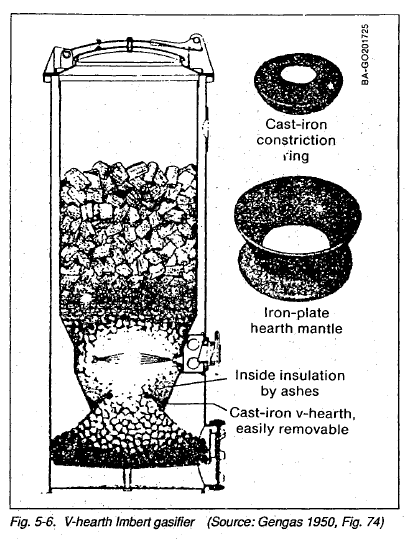 |
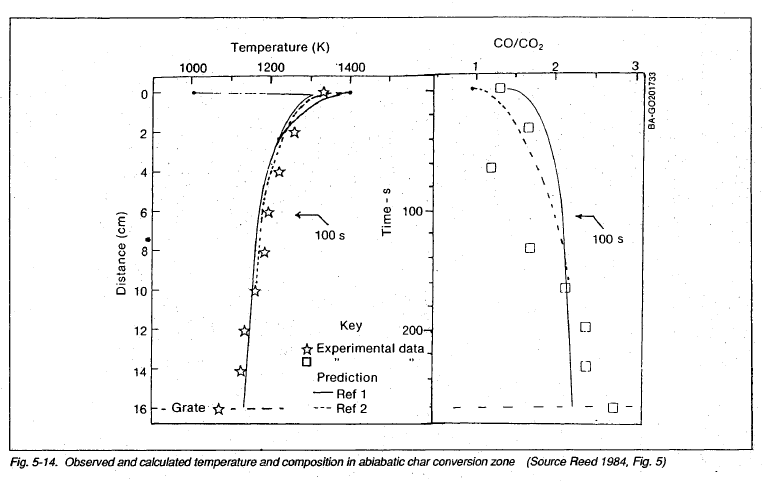 |
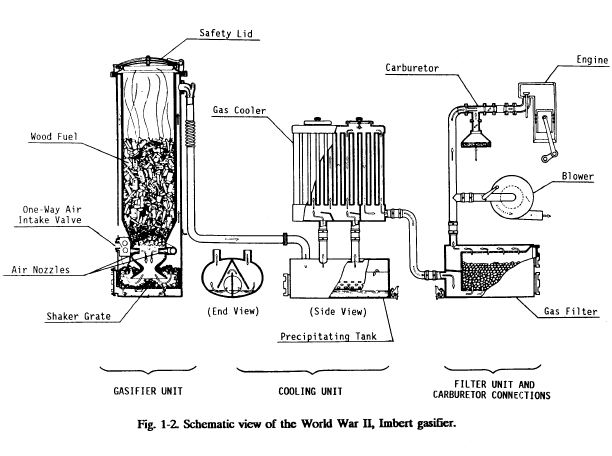 |
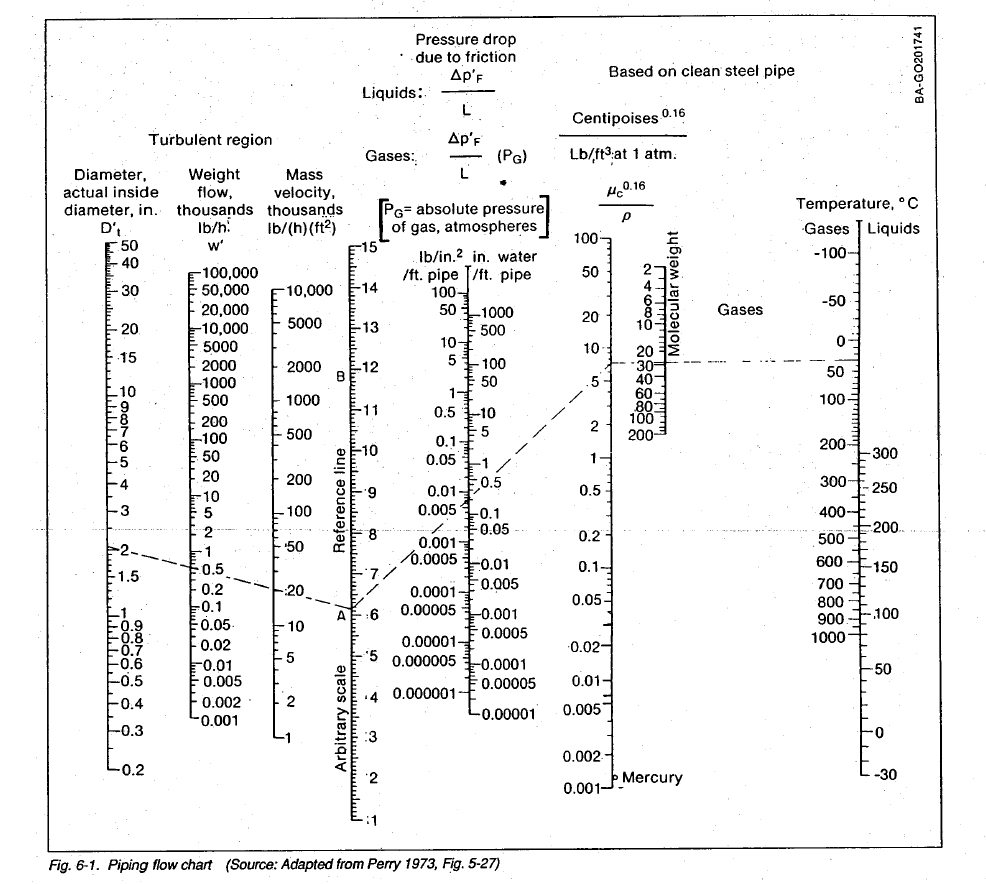 |
| If you can only afford or want ONE book, if you only want to start with ONE
book, then get the Book Above.. Volume 3/4 in one book... It is
EXCELLENT But that is JUST ONE BOOK... we have Many More.... on the subject for those who want to be the expert on making their own fuel. |
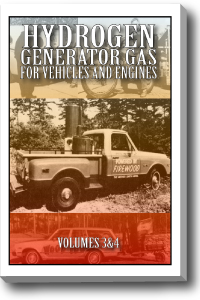 |
Hydrogen Generator Gas For Vehicles And Engines: Vol. 3 and 4ONLY $29.95 |